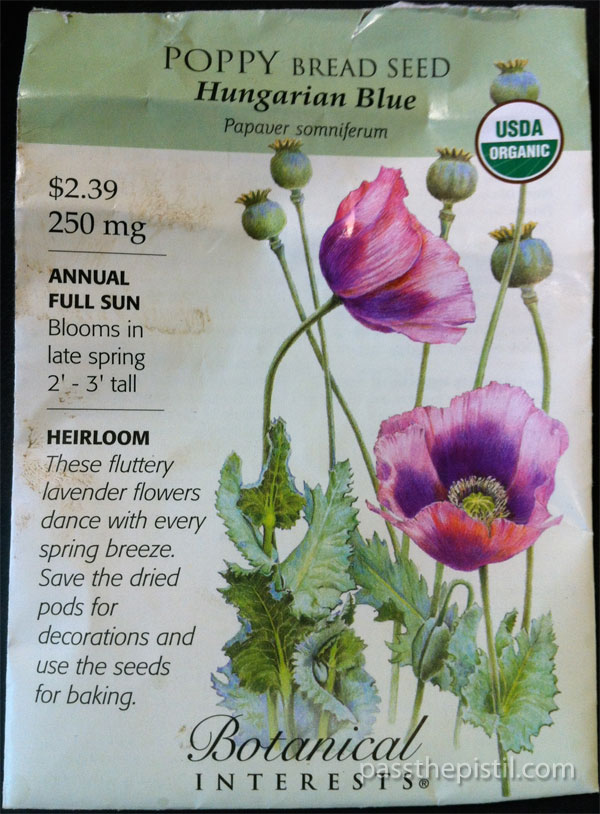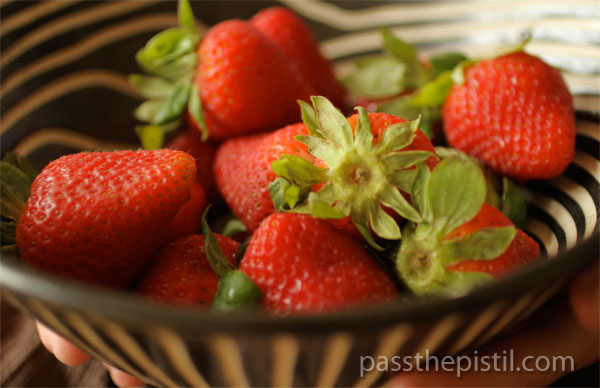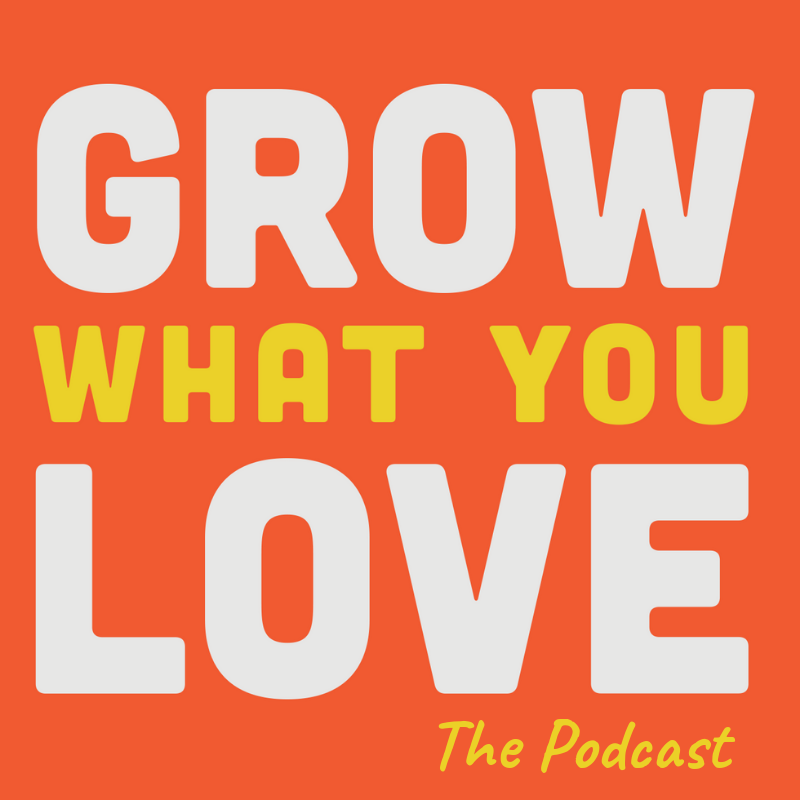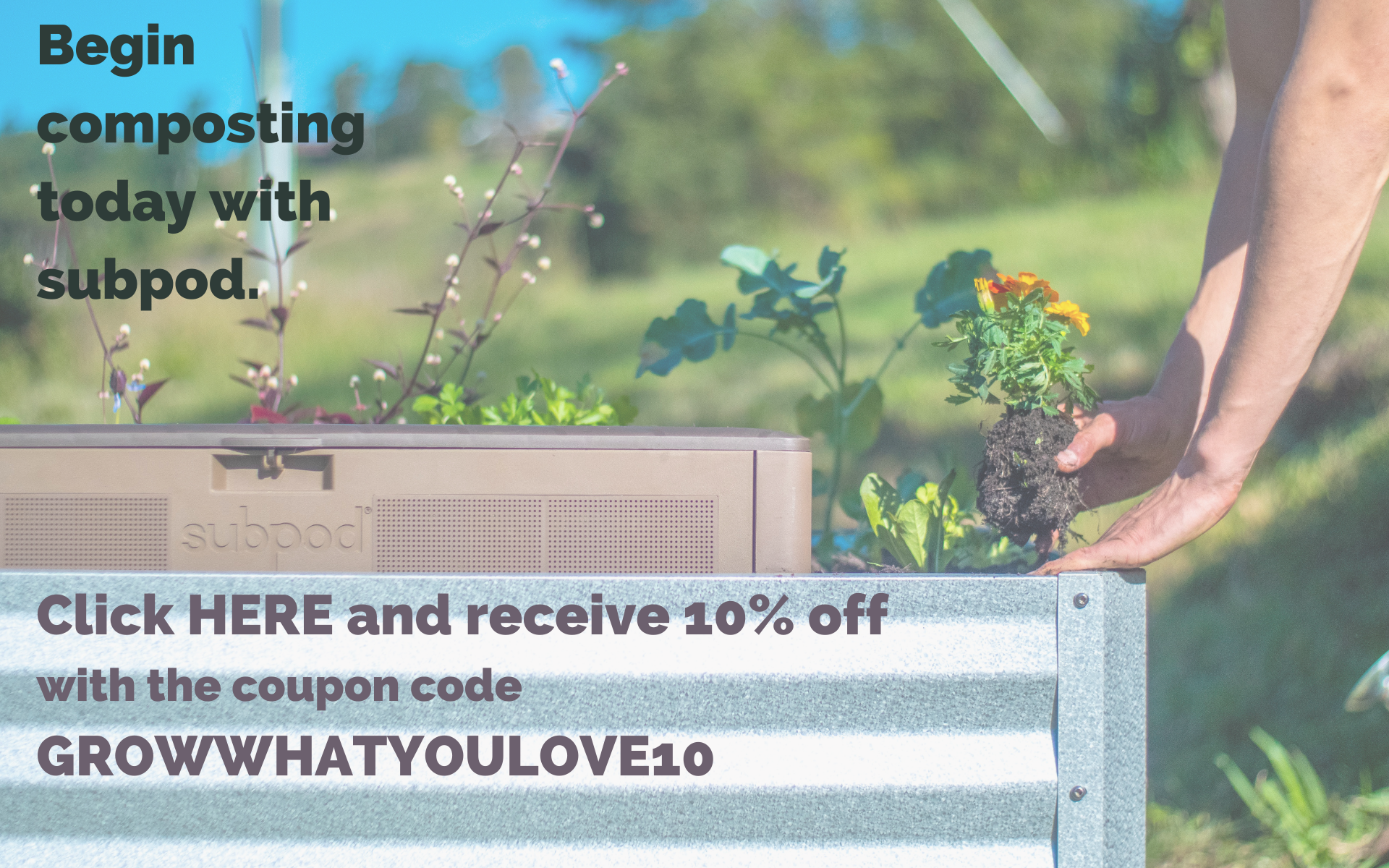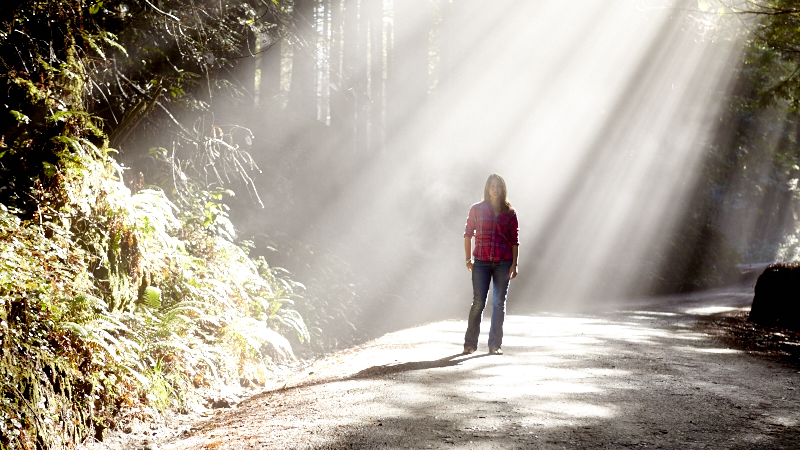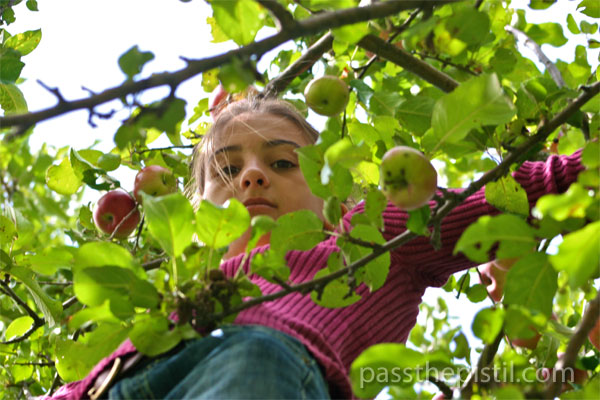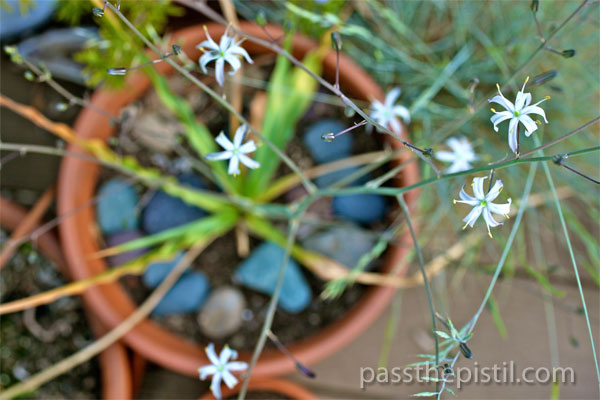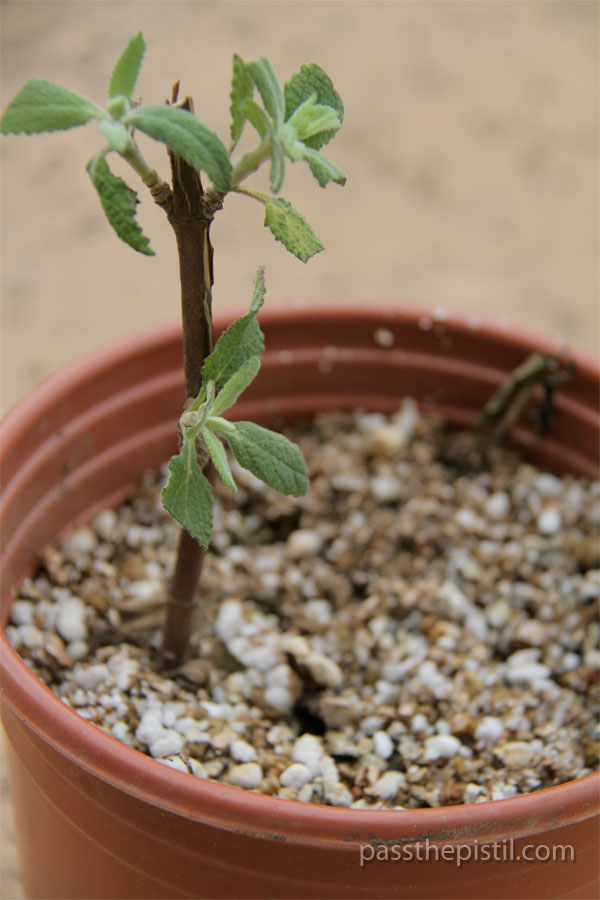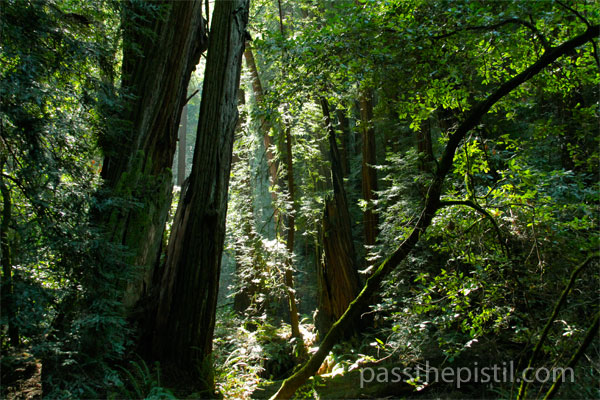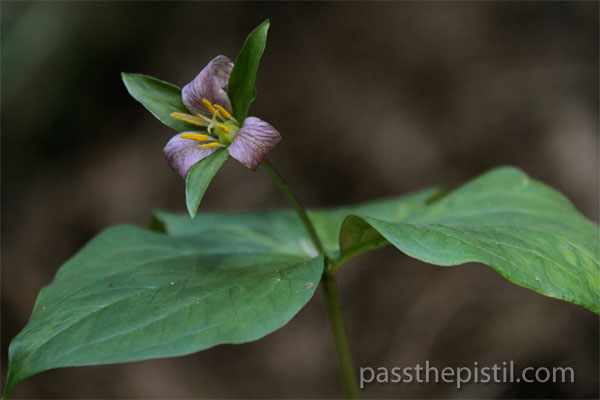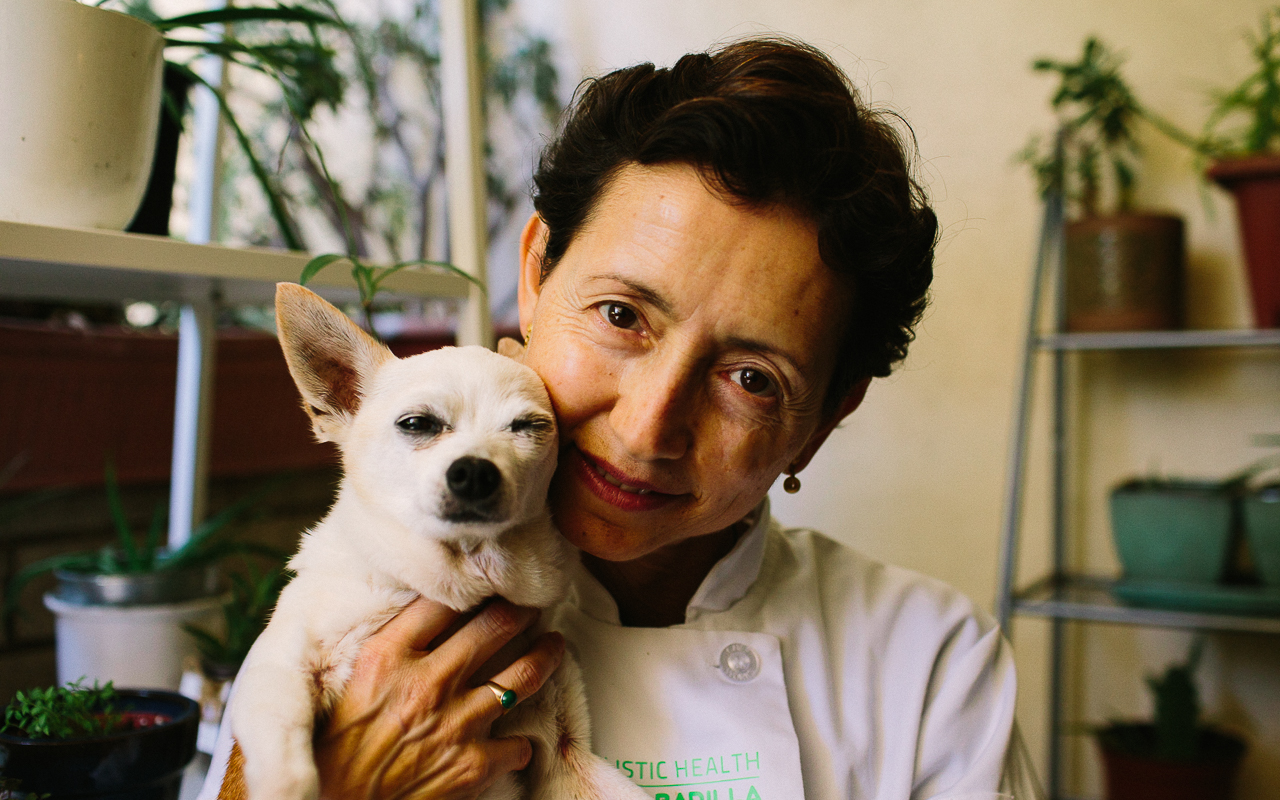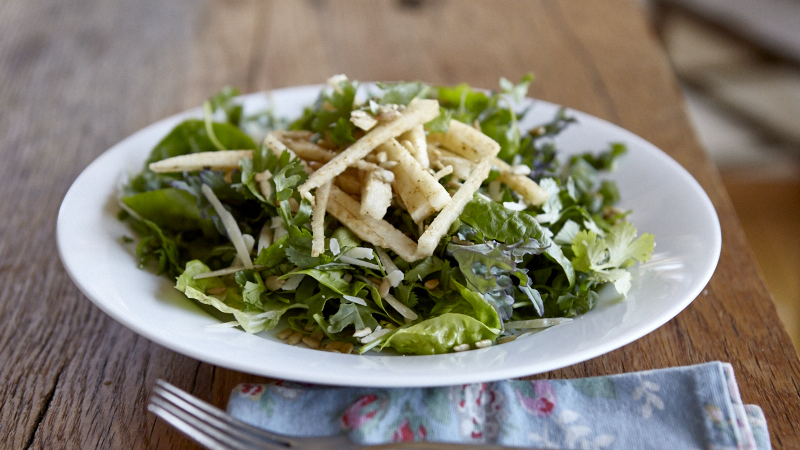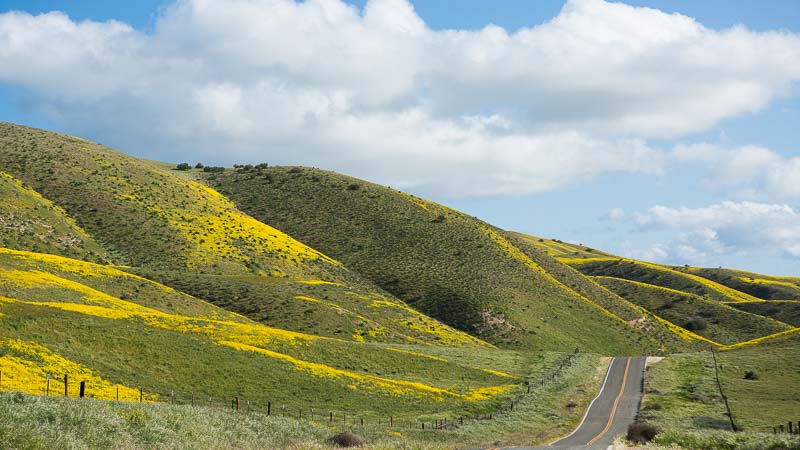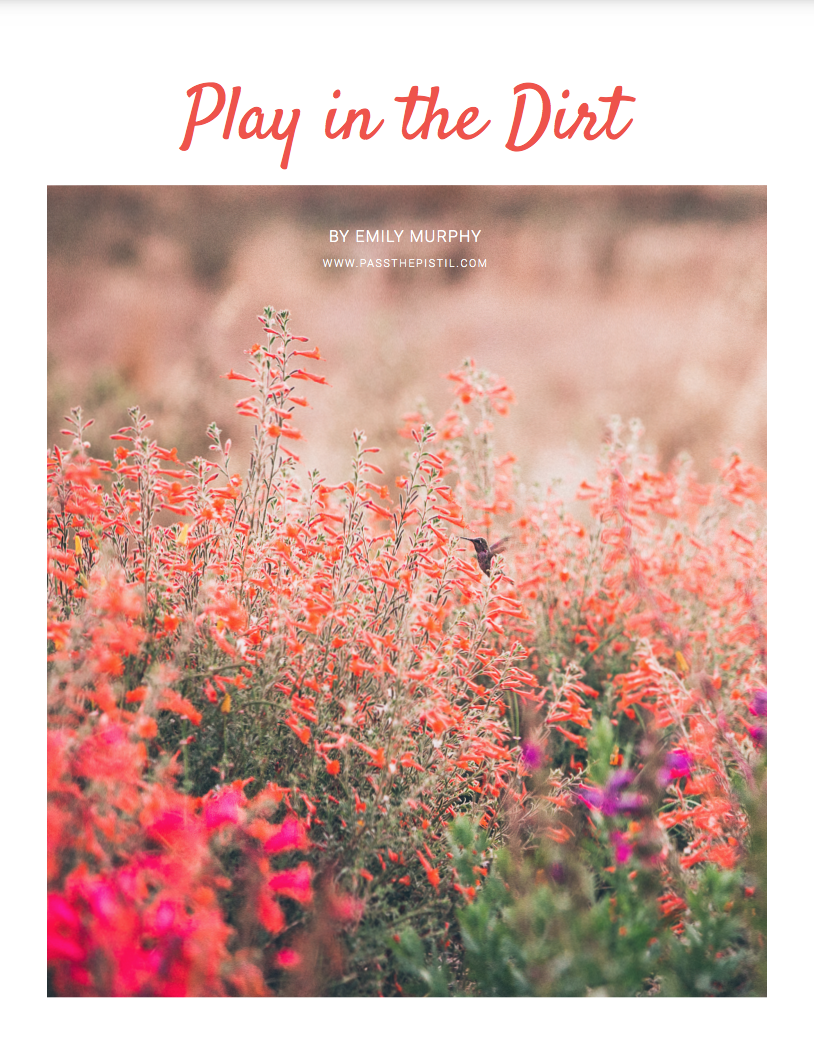Serendipitous Gardening
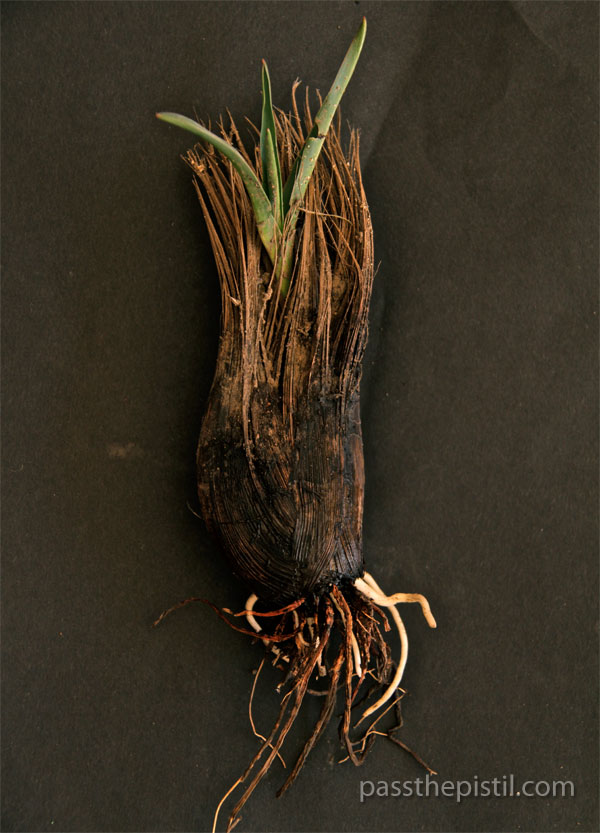
The oddest thing happened. I was on a perfectly lovely trail run near the headlands when bits of partially eaten plants and plant parts began littering the path in front of me. Roots, fibers and leaves that looked strangely like those of a bulb appeared frantically strewn about, the remains of what appeared to be a frenzied feast. Upon rounding the next bend this bulb lay waiting, the lone survivor.
I quickly set it to the trail side (hoping to pick it up on my return) and continued on my way. It was early morning and the guilty critter was probably not far from the scene, having enjoyed a meal of soaproot with extra soaproot, Chlorogalum pomeridianum. Except this one. Funny. Soaproot is edbile, leaves and all. Native Americans would roast them slowly overnight, eating them the next day, or simply eat the young leaves. (The fibers were used to make brushes.) But besides using the bulb as a soap or glue they would also add the crushed bulb to a dammed stream to stupefy fish for an easy harvest. The toxic chemicals these plants possess are obviously not toxic to all animals, but maybe intoxicating?
This particular plant is now living in the semi-safety of a pot on my deck, waiting for it’s ultimate home in the garden. Native to California, it’s an incredibly drought tolerant and hardy plant with terrific landscape potential. It’s curvy, strap shaped leaves pop up from the protection of horse hair like fibers to eventually produce a delicately stunning flower.
Grow it:
- Tolerates dry, poor soil.
- Grow in perennial, rock or meadow gardens.
- Fragrant flowers bloom in late spring.
- Moth pollinated. Fragrance increases in the evening.
- Useful and beautiful. Admire, eat or clean with it!
- Beware of what might come to your garden to eat it.
- Find at a CA native plant nursery or mail order from Annie’s Annuals.
- Illegal or simply bad karma to harvest from protected spaces.
Listen
Buy The Book
Special offers
Newsletter Signup
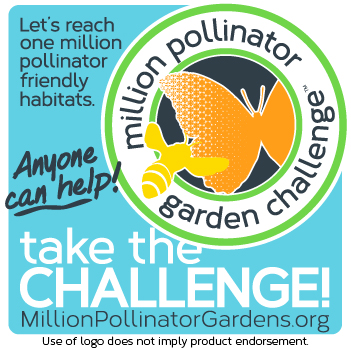
Archives
Disclosure
Pass The Pistil is a participant in the Amazon Services LLC Associates Program and other affiliate programs such as Etsy, affiliate advertising programs designed to provide a means for sites to earn fees by advertising and linking to curated affiliate sites.


